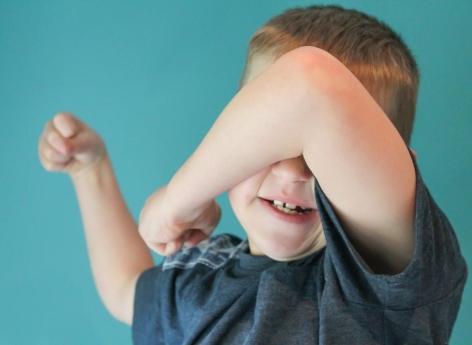ANSES reported the case of a little girl who was admitted to hospital after her parents used cattle insecticides to get rid of her lice.

- On October 2, a little girl was hospitalized in serious condition following the use of insecticides intended to treat parasites in cattle.
- According to ANSES, antiparasitic products for animals should never be used on humans.
- Parents must use appropriate anti-lice treatments which “are now designed based on dimethicone, a silicone oil which suffocates lice through a physical but not chemical action”.
At the start of each school year, lice also return to class. These tiny insects are a nightmare for parents who no longer know how to eradicate them from their children’s heads. In general, they rely on asphyxiating drugstore products. “Hair products (shampoo, lotions) can be used in addition,” noted health insurance.
Lice: the use of treatments for cattle led to the hospitalization of a little girl
Recently, more precisely on October 2, the parents of a little girl, who was hospitalized in serious condition, did not use the appropriate treatments to treat her lice. They used insecticides intended to treat parasites in cattle. “This is the first time that such a serious case has been reported,” declared, at Parisian, Sylviane Laurentie, deputy director of the National Veterinary Medicines Agency of ANSES. The latter is in addition to the cases handled by poison control centers, which mainly concern antiparasitic products for dogs, cats or horses used on children with lice.
In a statementthe Medicines Agency reminds that antiparasitic treatments for animals should never be used on human beings, especially children. “In fact, the benefit/risk assessment of veterinary medicinal products with a view to their marketing authorization is carried out for one or more animal species.”
Anti-lice products contain “silicone oil” which suffocates “lice through physical action”
According to the health authority, even if the risks for the person administering the product are evaluated, the toxicological and clinical research making this evaluation is mainly adapted to the animal species and the therapeutic indications concerned. They therefore in no way justify safe therapeutic use in humans.
She strongly recommends that parents use appropriate treatments, particularly depending on the child’s age, by seeking advice from health professionals such as their pharmacist or doctor. As a reminder, anti-lice products intended to treat children and adults “are now designed based on dimethicone, a silicone oil which suffocates lice through a physical but not chemical action”, added Sylviane Laurentie.

















